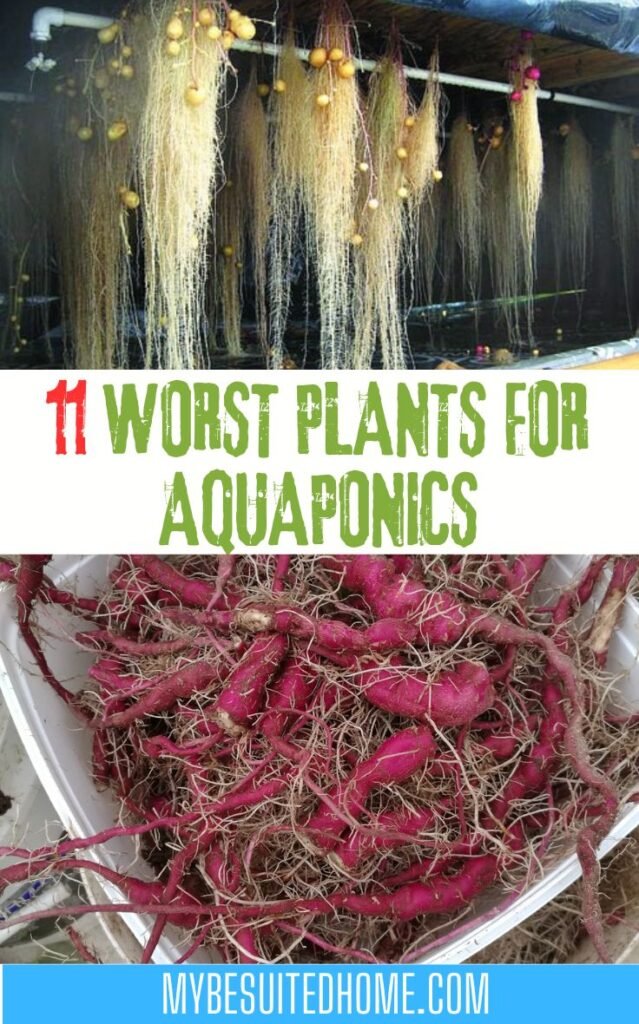
When I first got into aquaponics, I was thrilled by the idea of growing fresh veggies and herbs using nothing but fish waste and water. It felt like gardening and aquarium-keeping had a baby — and it was brilliant. But not everything I planted flourished. Some plants flopped, wilted, or just flat-out refused to grow, and I had no idea why at first.
Turns out, aquaponics isn’t a one-size-fits-all gardening method. While many plants love the nutrient-rich, water-based setup, others downright hate it. Some need dry roots, some demand nutrients that would make your fish keel over, and others are just way too needy for a low-maintenance system.
So, in this post, I want to share the 11 plants I (and many aquaponics growers) have found to be the worst choices for your system. Save yourself the disappointment and headaches — let’s dive in!
Why Some Plants Don’t Work in Aquaponics
Aquaponics is a beautifully balanced system — fish produce waste, beneficial bacteria convert it into nutrients, and plants soak it all up while cleaning the water for the fish. But the whole setup depends on maintaining harmony. When you throw a plant into the mix that isn’t compatible with this environment, things can get messy fast.
Some plants hate having their roots constantly wet. Others need a type of nutrient or pH level that clashes with what’s ideal for your fish. And let’s not forget root veggies — they need space and soil to grow properly, neither of which are really available in a standard aquaponic system. Trying to force them into your grow bed is like making a cat take a bath — it’s possible, but rarely ends well.
What I learned over time is that aquaponics thrives with plants that are light feeders, grow fast, and don’t demand soil to do their thing. Once you understand what makes a bad fit, it becomes way easier to choose the plants that will truly thrive in your setup.
11 Worst Plants for Aquaponics
1. Potatoes

Potatoes were one of my earliest mistakes. I love them — mashed, roasted, fried — so I figured why not grow my own in the aquaponics system? Big mistake. They’re root vegetables that need well-aerated soil to expand and develop properly underground. In aquaponics, where the roots are constantly moist, they end up mushy or rotting before they even get going.
They also take up a lot of space in your grow bed, and the return just isn’t worth it. I ended up with a handful of tiny, malformed potatoes after months of trying to get them to thrive. It felt like a waste of time, especially compared to how fast leafy greens take off in the same conditions.
If you’re craving fresh harvests, skip the spuds and go for crops like kale, spinach, or arugula. You’ll get better results, faster growth, and way less disappointment.
2. Carrots
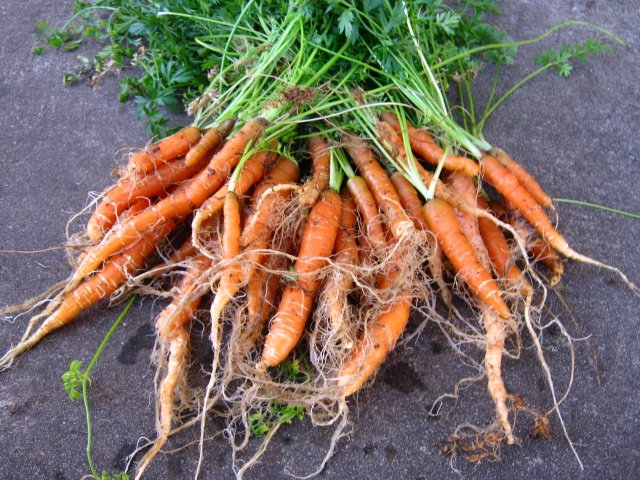
Just like potatoes, carrots are another root crop that doesn’t belong in an aquaponics system. Carrots need loose, sandy soil to grow long and straight. But in aquaponics grow media — especially clay pebbles or gravel — they struggle to push through and often become stunted, stubby, or twisted.
Not only that, but they’re also prone to rot if they stay wet for too long, especially if the root crown is exposed. I tried baby carrots thinking they’d fare better, but even those ended up with more foliage than root. It just didn’t work out, and the effort-to-reward ratio was disheartening.
If you want something with a bit of a crunch, try growing radish microgreens instead. They’re quick, flavorful, and actually thrive in aquaponics without the drama.
3. Onions
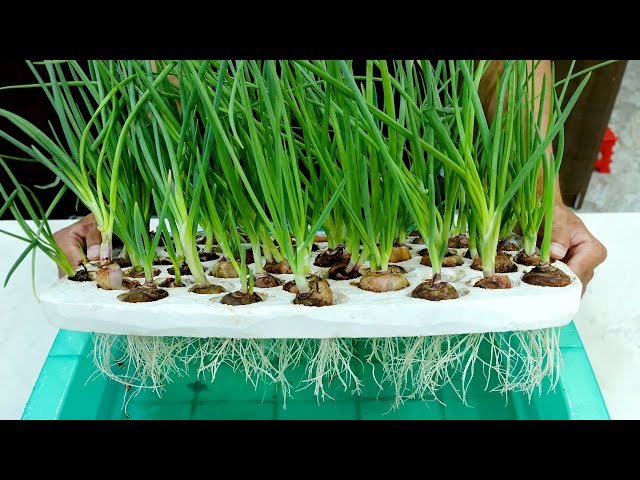
Onions were another learning moment for me. I assumed since green onions do fine in aquaponics, their big, bulbous cousins would too. Nope. While green onions are perfect — fast, easy, and forgiving — full-sized onions are a totally different story.
Bulb onions need dry spells to form properly. They also want a lot of time and space to develop, which just doesn’t align with most aquaponics setups. What I got were leggy, overly green tops with no real bulb underneath. And when I tried letting them grow longer? They started to rot.
If you love that oniony flavor in your food, stick with scallions or chives. They grow beautifully in aquaponics and come back again and again with just a little trimming.
4. Corn
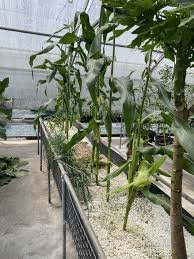
Corn may be delicious, but it is one of the worst crops to grow in aquaponics. It’s a tall, space-hogging plant with a massive root system that guzzles nutrients like there’s no tomorrow. I quickly found that my fish waste just couldn’t keep up with its appetite, and everything else in the system started to suffer too.
On top of that, corn requires wind or hand-pollination — and growing a bunch of it close together in a small aquaponic grow bed just isn’t realistic. My single stalk didn’t even produce an ear worth mentioning. It was sad, really.
Instead of corn, consider bush beans or dwarf peas. They add greenery, fix nitrogen, and actually produce something edible in a small space.
5. Blueberries
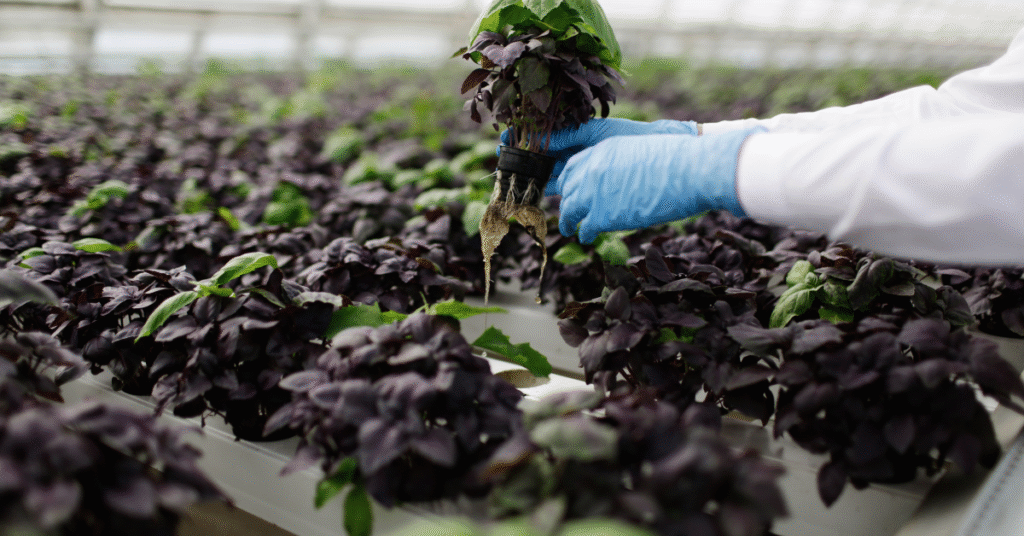
Blueberries are one of those crops that seem perfect — antioxidant-rich, delicious, and compact. But their pH preference is completely out of sync with an aquaponics environment. They need acidic conditions (around pH 4.5–5.5), while aquaponic systems typically run closer to neutral, for the health of the fish and bacteria.
I tried adjusting the pH slightly to please the blueberries, but then the fish got stressed and the whole system began to suffer. It’s a delicate balance, and blueberries just don’t play well with others in this setup.
You’re better off planting strawberries or even small melons. They’re far more forgiving and will still give you that sweet summer vibe.
6. Grapes
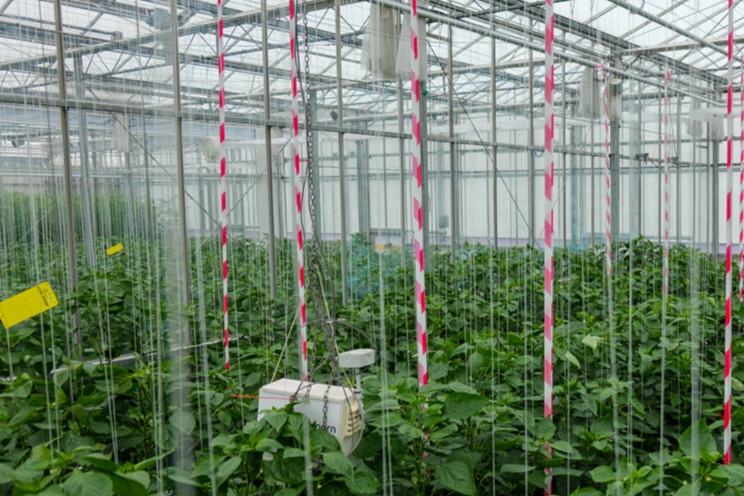
Grapes? In aquaponics? That was a long shot — and a painful one. Grapevines are long-living perennials that require deep soil, a lot of sun, and space to stretch out. In aquaponics, they end up cramped and starved of the support they need.
Even worse, their root systems don’t respond well to constant moisture. Root rot becomes a real issue, especially in media or raft beds. After months of trying to baby my grape plant, I pulled the plug. It just wasn’t worth the time and trouble.
For a vining alternative, cucumbers or peas are a better fit — just be sure to keep them pruned so they don’t overrun your grow space.
7. Squash (Zucchini, Pumpkin)
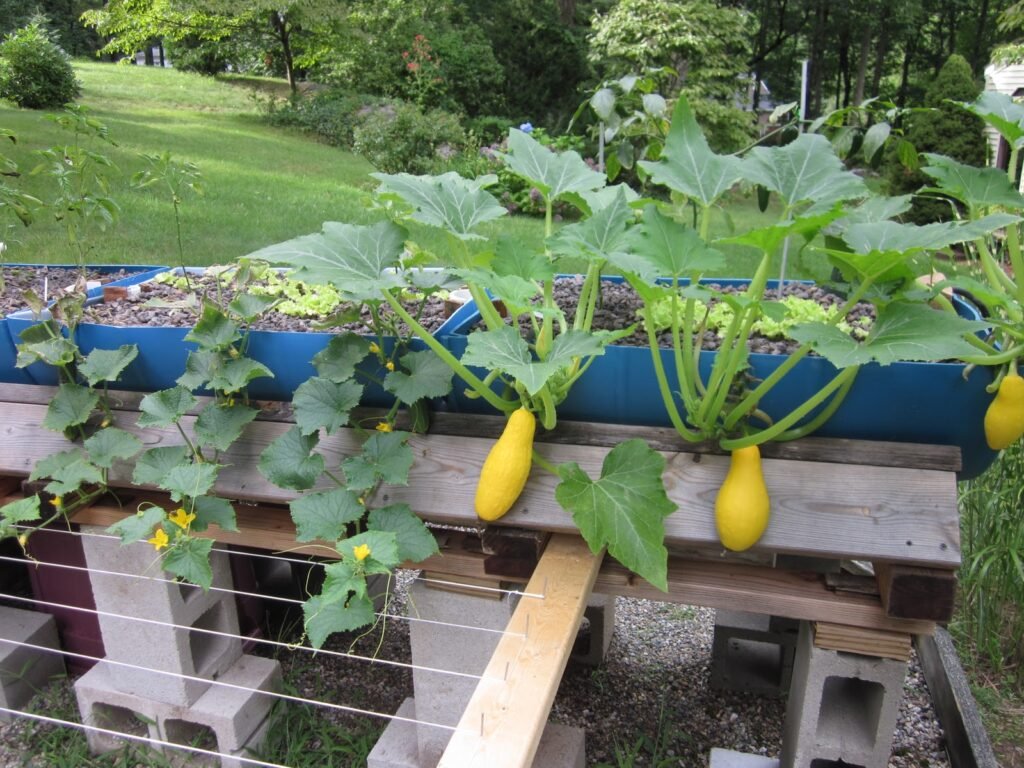
I was warned, but I didn’t listen. Squash, including zucchini and pumpkin, grow like jungle monsters — and in the confined space of an aquaponic grow bed, they can quickly dominate everything. Their leaves become huge, their vines take over, and they compete heavily for light and nutrients.
Plus, the constant moisture makes them prone to powdery mildew and other fungal diseases. I ended up with a tangled mess of stems and sad, underdeveloped fruit. My lettuce and basil had no chance.
If you love the idea of growing something a little bigger, try cherry tomatoes or bush beans. They’re productive without taking over the entire system.
8. Sweet Potatoes
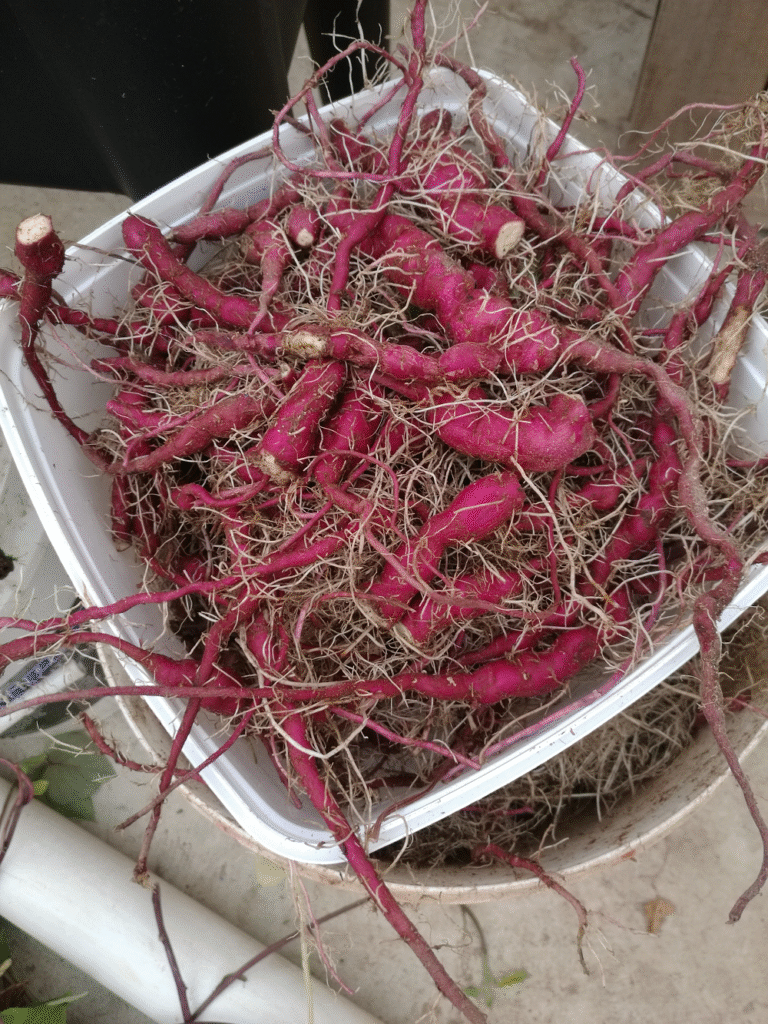
Much like their white potato cousins, sweet potatoes were a total letdown in aquaponics. They form underground tubers that need dry, well-drained soil — something they’ll never get with wet media or floating raft beds. I tried growing slips in net pots, but the vines grew wildly while the roots just… didn’t.
They also need a ton of space and can easily take over your grow area with their vines. It becomes an issue of overgrowth with no real yield, which kind of defeats the purpose. And harvesting them without destroying the rest of your bed? A nightmare.
Stick with vine crops that produce fruit above ground if you want to keep things manageable and productive.
9. Peanuts
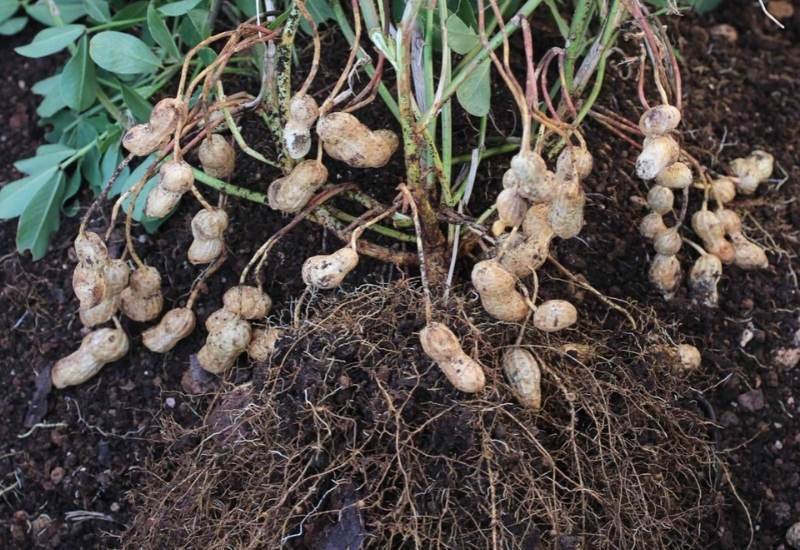
I don’t know what possessed me to try growing peanuts in aquaponics, but I did — and now I can confidently tell you it’s not worth it. Peanuts need soil to flower above ground and then push those flowers back into the ground to form the actual nuts. That process simply doesn’t translate to a soilless, water-based system.
They also need dry conditions to mature properly. Trying to keep them alive in constant moisture was a losing battle. I had a few tiny shells form, but the insides were hollow and waterlogged.
If you’re craving that legume goodness, go with peas or bush beans. They’re nitrogen-fixers, grow quickly, and are actually suited to the environment.
10. Asparagus

Asparagus is one of the slowest-growing vegetables out there — it can take two to three years to get a decent harvest. In aquaponics, where space is at a premium, that kind of time commitment is a big no-no. I learned this the hard way after babying a few crowns for months and getting absolutely nothing in return.
Even worse, asparagus doesn’t like soggy roots. The crowns are sensitive to rot, especially in media beds where they stay wet all the time. Mine turned mushy and smelly before they ever sent up a spear.
If you want a productive perennial for your system, consider herbs like mint or oregano. They’re low-maintenance and give back quickly.
11. Cabbage
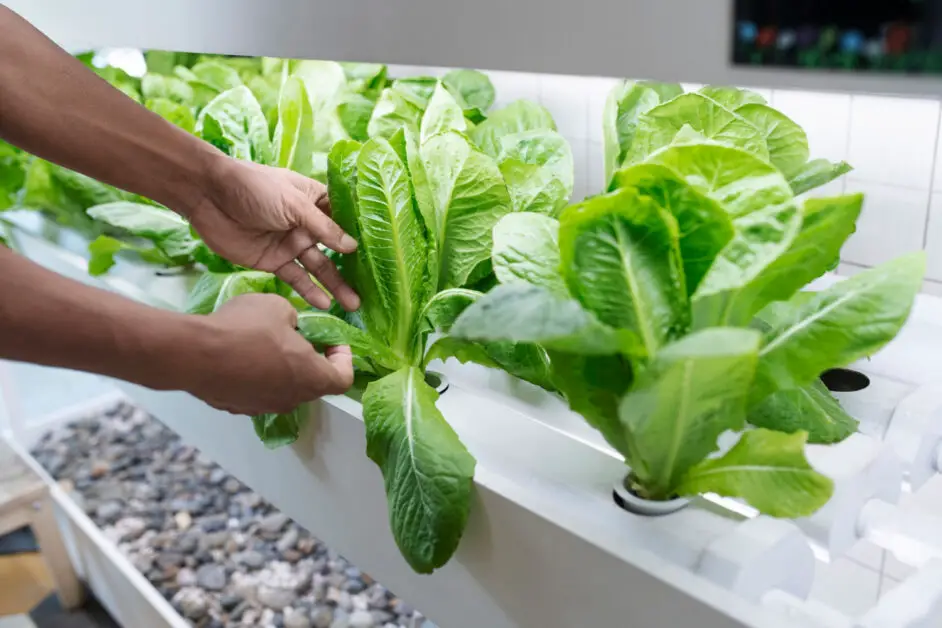
Cabbage was the final straw in my run of aquaponic failures. I figured it was just a leafy green, so how bad could it be? Turns out, cabbage is a heavy feeder. It hogged all the nutrients, leaving the other plants looking pale and sad.
It also takes a long time to form a proper head, and in the humid aquaponic environment, it’s highly susceptible to pests and mold. I ended up tossing more slimy leaves than I care to admit.
If you love the cabbage family, go for bok choy or kale. They’re quick, manageable, and much happier in water-based systems.
Key Takeaways
Aquaponics is an incredible growing method — but only if you play to its strengths. Root veggies, heavy feeders, and slow-growers usually don’t make the cut. The trick is to grow plants that love constant moisture, can handle the neutral pH, and don’t ask for more than the fish can provide.
If you’re just getting started, stick to the classics: leafy greens, herbs, and small fruits. These give you faster yields, healthier plants, and a much easier time managing your system.
I made these mistakes so you don’t have to. Trust me, once you find the right plant pairings, aquaponics becomes a rewarding, sustainable, and downright addictive way to grow food.
Bonus Tips for Aquaponics Plant Selection
Here are a few quick tips I wish I’d known earlier. First, always match your plant choices to your fish load — don’t overtax the system. Second, monitor pH and nutrient levels regularly to catch issues early. And third, experiment in small batches before going all-in on a new crop.
Another great rule of thumb: if it grows well in hydroponics, it’s probably a good candidate for aquaponics too. Look for fast growers with shallow roots, minimal nutrient demands, and short harvest cycles.
Keep learning, stay curious, and don’t be afraid to adjust your plant lineup as you go. Aquaponics is part science, part art, and a whole lot of fun.
Wrapping Up
There you have it — the 11 plants that just don’t cut it in aquaponics, and the lessons I learned the hard way. Avoiding these troublemakers will save you time, energy, and heartache as you build a thriving system that works with nature instead of against it.
Got a plant that didn’t make this list but bombed in your setup? I’d love to hear about it in the comments. And if you’re curious about the best plants to grow in aquaponics, check out my post: “15 Unbelievable Aquaponics Plants You Need to Grow Now!”

